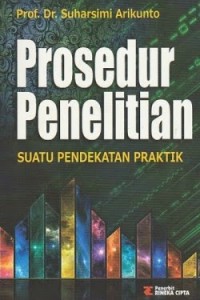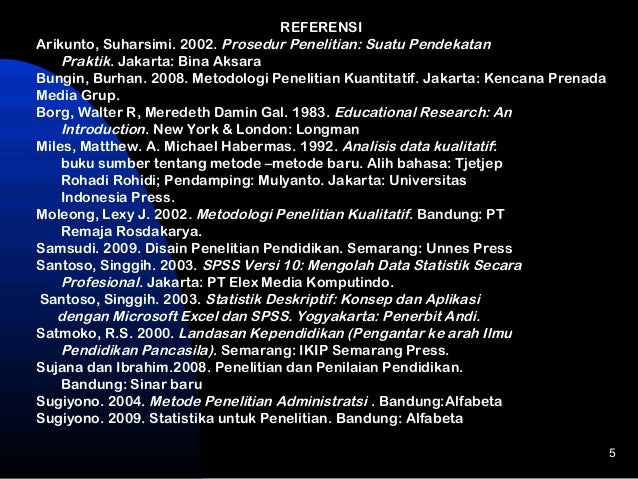
What Constitutes a Methodology for Social Inquiry? A methodology for social inquiry engages four domains of issues and assumptions: philosophical assumptions and stances, inquiry logics, guidelines for practice, and sociopolitical commitments in science. Comments on priority future directions for the continued development of a methodology of mixed methods social inquiry conclude the discussion. This concluding article first offers a brief portrait of the requisite domains for a social inquiry methodology, and then connects each of the papers in this special issue to these domains. This is also so for the papers presented in this special issue of Research in the Schools. The burgeoning literature in mixed methods approaches to social inquiry engages all four domains, but somewhat unevenly. Collectively, the domains present a justificatory framework and a set of practical guidelines for a given approach to social inquiry. Each domain contains a set of issues that are relevant and important to the practice of social inquiry. Other findings, according to media experts, indicate that this product is in the excellent category based on the results of the feasibility test, obtaining a percentage of 93.4%.The development of a methodology for inquiry into human affairs requires consideration of four interlocking, but nonetheless conceptually distinct domains. As well as other supporting features to help facilitate navigation in the form of buttons namely: thumbnails, go to the page, zoom, bookmarks, sound controller, search, print, share by email, share by social media, back to home screen, auto flip, select text, about, and help. To complete and assist the learning process. The learning material has several features, such as animation, links, text, audio, images, videos, and quizzes.

The results of this study generally produce a module design consisting of a cover, preface, table of contents, module position map on learning, glossary, learning introduction, learning, evaluation, and closing. Data obtained using a questionnaire and analyzed using quantitative descriptive analysis techniques. The scope of this study is a lecturer who is an expert in aspects of learning media. Following the model, several steps are adapted as the direction of development of the product to be generated, namely as follows: (1) needs analysis, (2) manufacturing of products, (3) validation, and (4) final products. This study uses the Borg & Gall development procedure.


The specific objectives are to design products and conduct feasibility tests involving media experts. The general objective of this research is to introduce a product in the form of interactive electronic modules that provide many features and flexibility in their use.


 0 kommentar(er)
0 kommentar(er)
